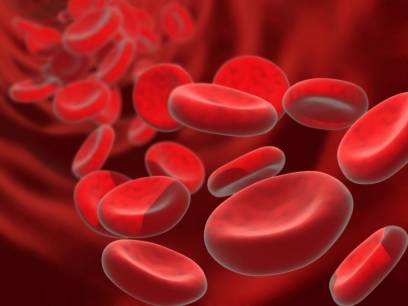Biology
Optics
Chemistry
Climate Change
100
 The cells in this picture.
The cells in this picture.What are red blood cells?
100
The change in direction of a light wave when passing from one medium to another.
What is refraction?
100
This piece of equipment is used for massings.
What is an electronic balance?
100
Observed increases in Earth’s average annual temperature.
What is global warming?
200
The disease resulting from uncontrolled cell division.
What is cancer?
200
The tissues of the retina join to form this nerve.
What is the optic nerve?
200
“The total mass of the reactants always equals the total mass of the products (in a closed system).”
What is the Law of Conservation of Mass?
200
The total amount of greenhouse gases that are emitted into the atmosphere each year but a person, family, building or company.
What is a carbon footprint?
300
The type of medical imaging that is used during pregnancy to study the fetus.
What is ultrasound imaging?
300
The transparent liquid located directly behind the cornea.
What is the aqueous humor?
300
NaOH + FeCl3 → Fe(OH)3 + NaCl is an example of this type of chemical reaction.
What is double displacement?
300
 The type of energy represented by the orange arrow.
The type of energy represented by the orange arrow.What is solar energy?
400
This system consists of three major parts; blood, blood vessels, and the heart.
What is the circulatory system?
400
A virtual image is formed behind a concave mirror when an object is closer to the mirror than this point.
What is the Focal Point?
400
The process that is critical to safely wipe up an acid or base.
What is neutralization?
400
Global warming potential is the measure of the ability of greenhouse gases to trap this type of energy in the atmosphere.
What is thermal energy?
500
These pull chromatids apart during anaphase.
What are spindle fibres?
500
This type of blurred vision is caused by the eye being slightly longer than normal.
What is nearsightedness?
500
A gas that produces a popping noise when present near a burning splint.
What is hydrogen?
500
The frozen water part of the Earth system that includes ice sheets, continental glaciers, snowfields, sea ice and permafrost.
What is the cryosphere?